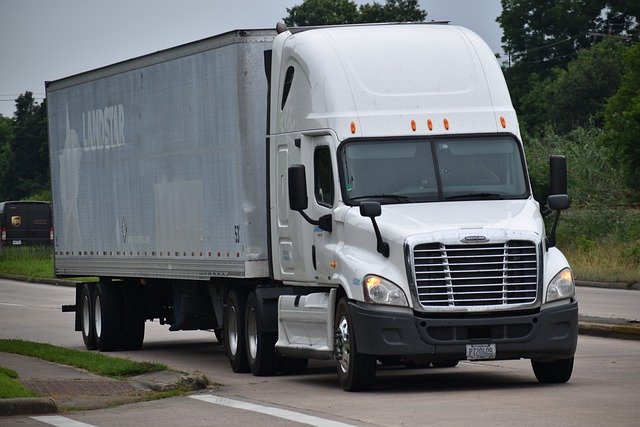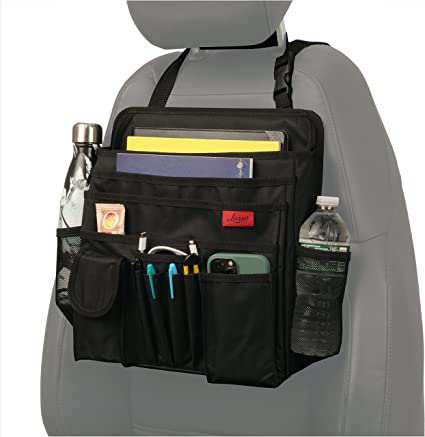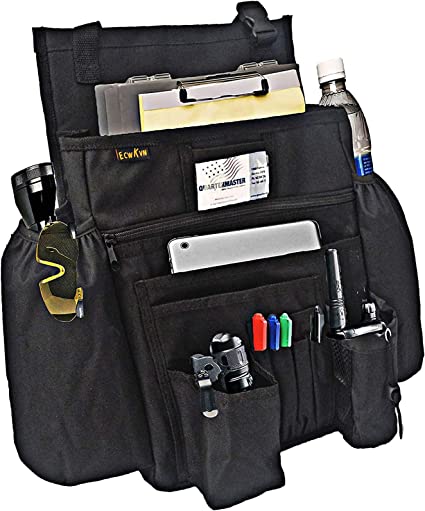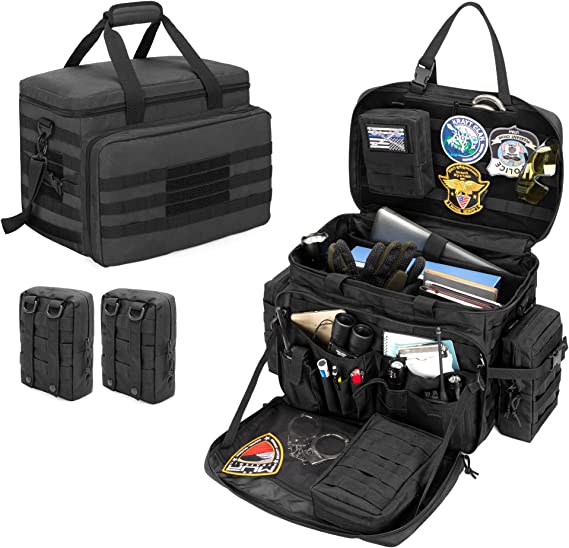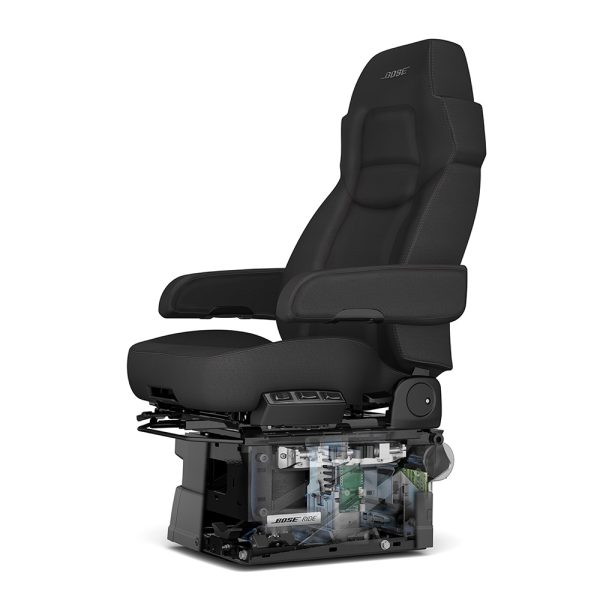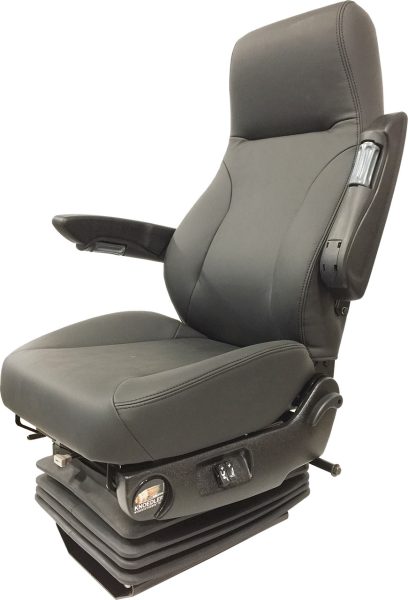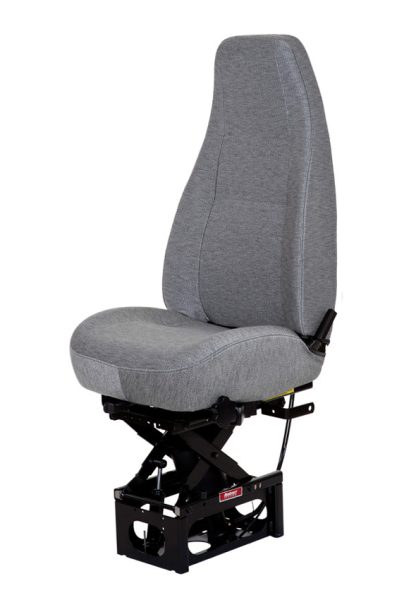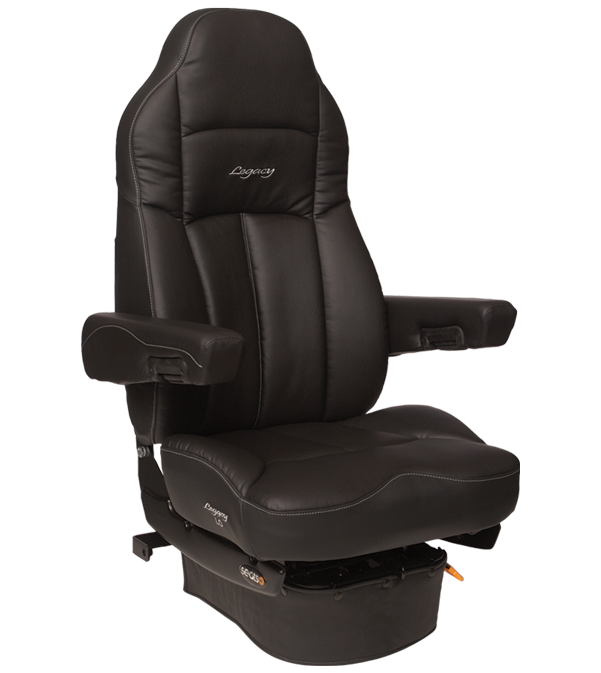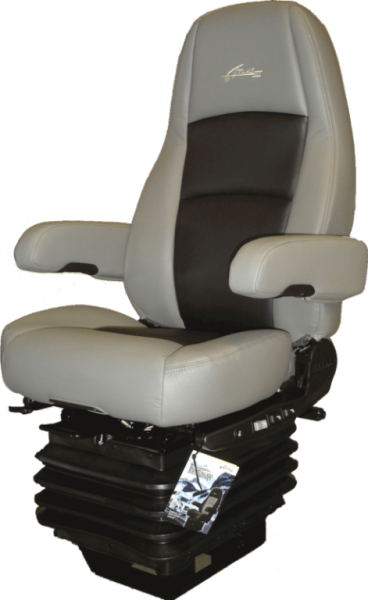
For a professional semi-truck driver, finding the perfect semi-truck seat cushion is a necessity.
If you’re looking for comfort and support, you’ve come to the right place!
Riding in a semi-truck can be hard on your body. If you’re driving long distances, investing in an excellent semi-truck seat cushion is essential! These can help protect you from the strain of prolonged periods of sitting. Without a good seat cushion, you may experience poor blood circulation, chronic back pain, and hip or leg stiffness
Let’s discuss what makes up the best semi-truck seat cushion, and which ones you should consider!
What To Look For In A Semi-Truck Seat Cushion
On average, truck drivers spend 14 hours behind the wheel each day. The best seat cushions will provide you with the support you need to sit for long hours without getting tired. They will also help you to maintain good posture throughout the journey. A great cushion will promote your spinal health, and offer you the comfort you need for a long trip
There are several cushion features to look for when searching for the best seat cushion for semi-truck drivers. Some of these features include those listed below.
Ergonomic design
The model of a truck car seat cushion matters a lot for truck drivers. You want to find a semi-truck seat cushion that allows your legs to remain comfortable while providing firm support for your back.

A U-shaped cushion with a flat front portion is perfect for this. It won’t press on the back part of your legs or create painful pressure points along your back or spine.
Material
Most truckers prefer a seat cushion made of memory foam. These are comfortable and mold perfectly to the shape of your body. Others prefer seat cushions with gel pods that provide extra support for the lower back and neck. Consider the material of the cushion cover. Select a cushion with a removable cover, that is machine washable, to make cleaning easier.
Breathability
If you spend extended periods sitting, get a semi-truck seat cushion that offers breathability. These provide additional comfort and will enhance your driving experience. This is especially true if you drive for long hours! Popular cushion options among truck divers feature a cooling gel layer or honeycomb design. These cushion features help vent excess heat during long hauls.
Durability
Look for a seat cushion that can hold its shape over time. Most durable seat cushions have a non-slip fabric cover to protect the inner contents. You might also be interested in these articles on the best semi truck seat cushion and the best seat organizers for semi trucks.
What Is The Best Semi Truck Seat Cushion? (Top 5)
1. Xtreme Comforts Memory Foam Truck Seat Cushion

Credit: Amazon
Xtreme Comforts is one of the best seat cushion brands for lower back pain relief. These cushions have an ergonomic, U-shaped design. This eases chronic back discomforts like sciatica pain and stenosis. In addition, this cushion provides firm back support. However, some have found the support to be inadequate for taller users. It has a double layer of memory foam to help it maintain its shape over time. This makes it a durable option for all truckers. It is a firm cushion, which may not be to everyone’s taste. Other noteworthy features include a non-skid bottom surface to help the cushion stay in place and a breathable nylon mesh cover for better airflow.
Pros
- Supports one’s back in the case of lower back pain (such as sciatica pain).
- Durable.
- The breathable mesh cover provides additional comfort.
Cons
- It may be too firm.
- It may be unsuitable for taller truck drivers.
2. Petocase Foam Seat Cushion and Lumbar Support Pillow
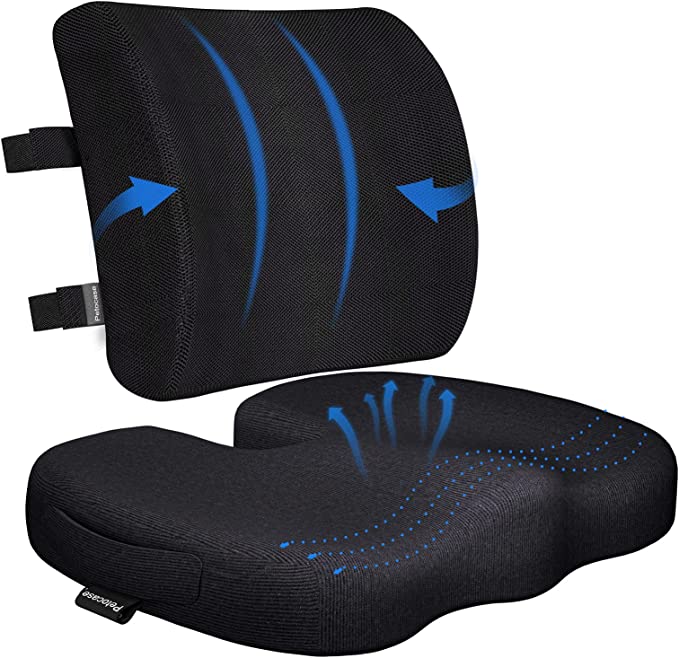
Credit: Amazon
The Petocase cushion and lumbar support pillow combination is great for lumbar pain relief. This is an efficient memory foam seat cushion and pillow combination. The seat cushion is made of high-density, U-shaped memory foam. This is built for maximum comfort and durability. The lumbar support cushion, which is also high-density, works to support the natural curve of the lumbar spine while you drive. This cushion takes the pressure off your nerves and spinal discs, promoting proper blood flow throughout your body. Don’t believe us? See how it works!
Both cushions adapt to your body over time. They also feature non-slip mesh covers that are removable and machine washable. But, it may take some effort to remove these covers, unlike other options such as the Xtreme Comfort cushions. Overall, this option gives you the best value for your money. You’ll pay for both cushions for the price of one.
Pros
- Effective for lumbar pain relief.
- Good value for money.
- Promotes proper blood flow.
Cons
- Covers might be difficult to remove.
- Some drivers may find it too firm.
3. Everlasting Comfort Seat Cushion

Credit: Everlasting Comfort
The Everlasting Comfort Cushion is a long-lasting memory foam seat cushion built to protect your tailbone. It provides comfort by using your body heat to conform to your specific shape and size. If you’re looking for a budget-friendly semi-truck seat cushion that doesn’t compromise on quality or comfort, this might be for you! It comes with a lifetime replacement policy and is the top recommendation by most orthopedic surgeons. It might be one of the best adaptive items that older drivers can use to stay healthy and safe behind the wheel. This cushion can be used in your truck, as well as in an office or boat! Its non-slip bottom is made of rubber to hold the cushion securely in one place. The solid rubber grip can leave marks on vinyl or leather seats. This cushion is also quite thick and may not be the best choice for small drivers.
Pros
- Budget-friendly.
- Lifetime replacement policy.
- Personalized comfort.
Cons
- Can leave marks on seats.
- May be unsuitable for smaller drivers.
4. Purple Ultimate Seat Cushion

Credit: Purple
The Purple Ultimate Seat Cushion is a popular choice amongst truckers! Its material is temperature-neutral, and it contains hundreds of air channels for proper air circulation. This cushion uses a pressure-reducing grid pattern to minimize stress on your hips and backbone. With a width of about 21.5 inches, the purple seat cushion can withstand more weight than most cushions. It is the ideal solution for a heavier semi-truck driver. This is also a durable option for most drivers since its design allows it to bounce back to its original shape after use. However, it is more expensive than others on the market.
Pros
- Improves posture.
- Durable.
- Suitable for all truckers regardless of size.
Cons
- Slightly pricey.
- Heavy.
5. CushionLab Pressure Relief Cushion
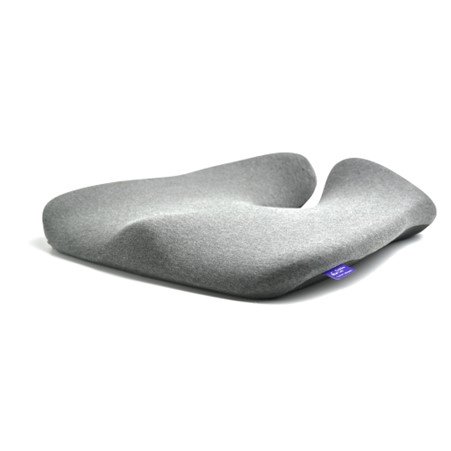
Credit: The Cushion Lab
The split design of the CushionLab pressure relief semi-truck seat cushion helps relieve tailbone pain. It improves posture by evenly distributing body weight. You can expect this cushion to fit your bottom, hips, and thighs. Although, its size may be too small for heavier drivers. CushionLab uses extra dense memory foam and fine breathable fabric that feels soft and keeps you cool. The memory foam is charcoal infused to absorb odor, and the cover is removable and washable. This cushion also features a non-slip bottom to prevent it from sliding when you move. Although slightly more pricey than other options, this cushion is more affordable than the Purple ultimate semi-truck seat cushion.
Pros
- Effective for tailbone pain relief.
- Removable and machine-washable cover.
- Absorbs odor.
Cons
- The size may be narrow for larger-sized truckers.
- Slightly pricey.
Final Thoughts
Generally, cushions for truck seats serve different purposes. Some ease pressure on different parts of your body and soothe pain, while others support a healthy driving posture. To get the best semi-truck cushion, consider what makes a ride the most comfortable for you. Think about ergonomics, materials, breathability, and durability. Great seat cushions make perfect gifts for special occasions. If you’re looking for more gift ideas, check out this list of top 11 gifts for semi truck drivers.

